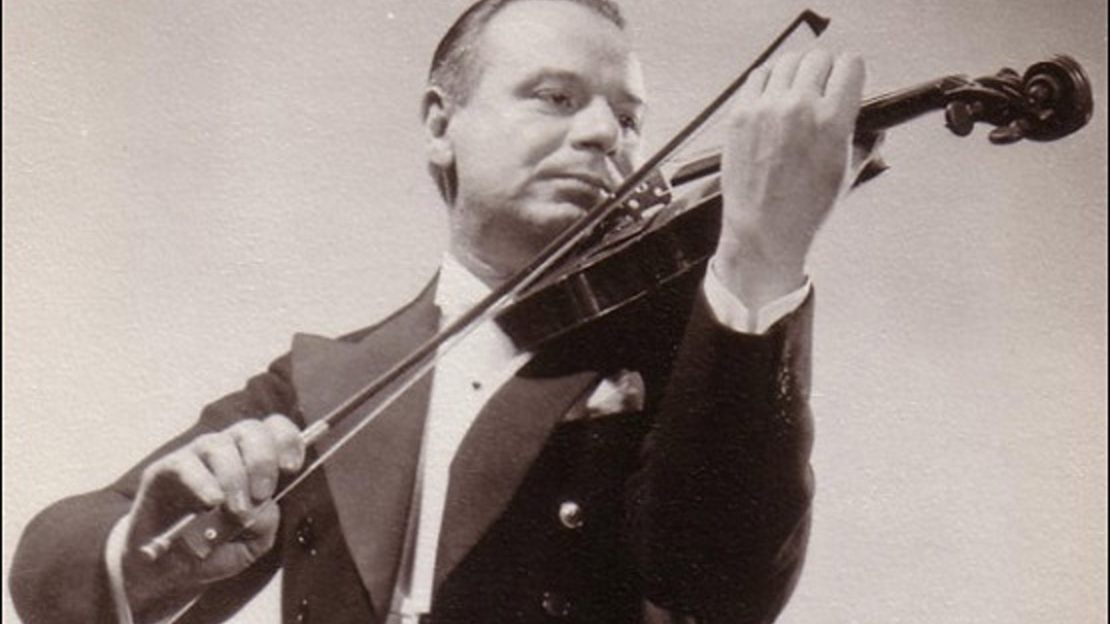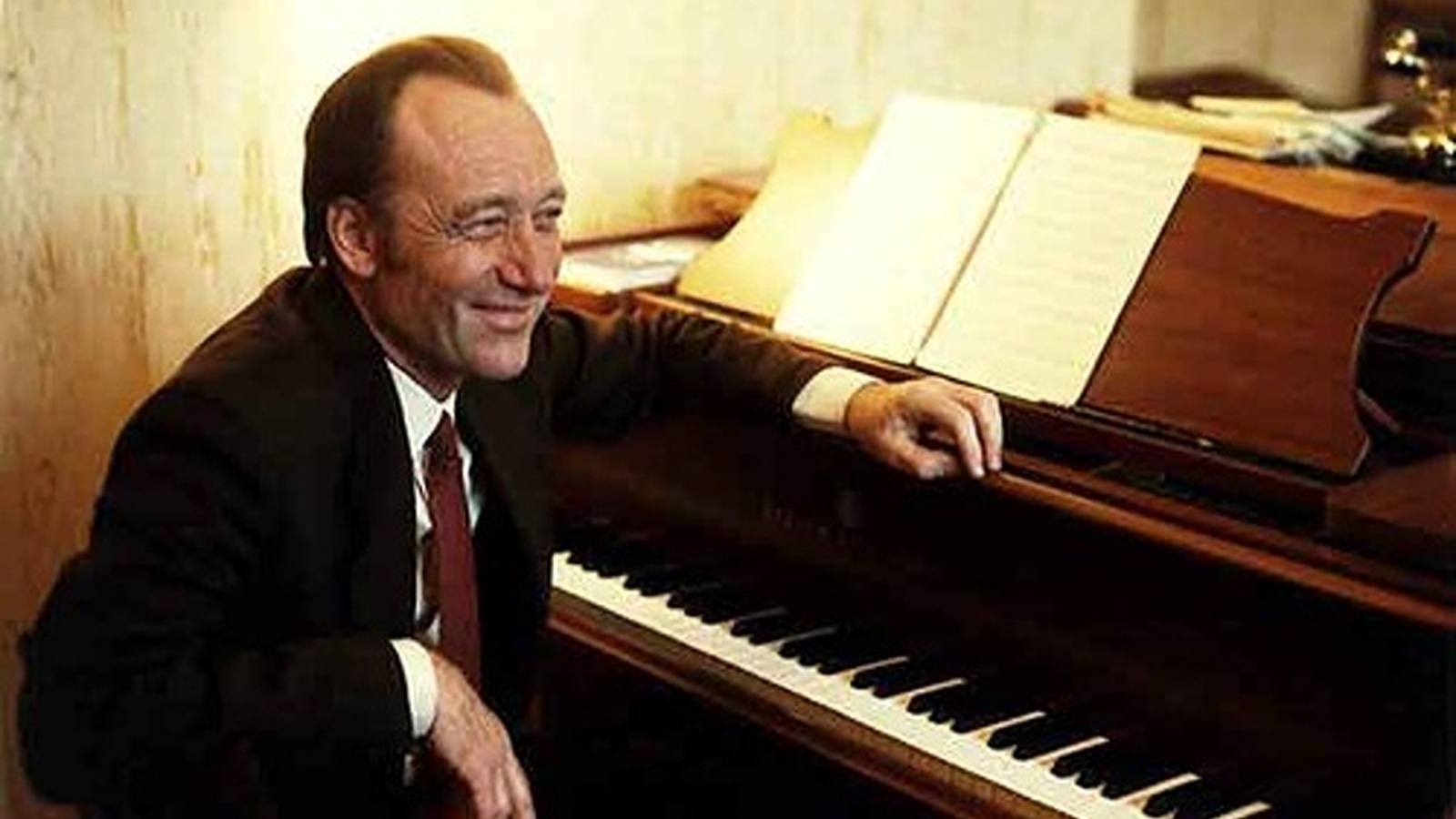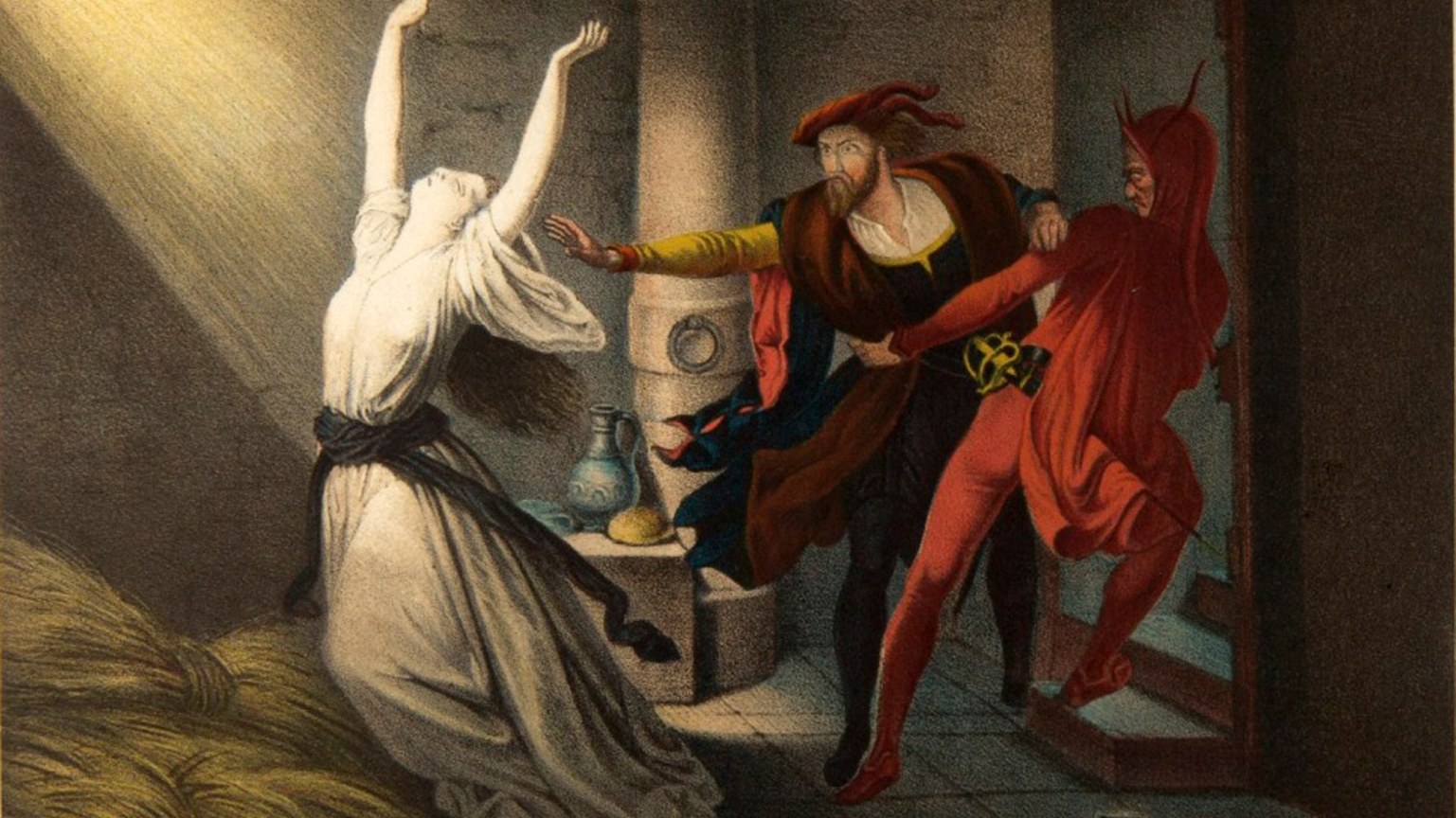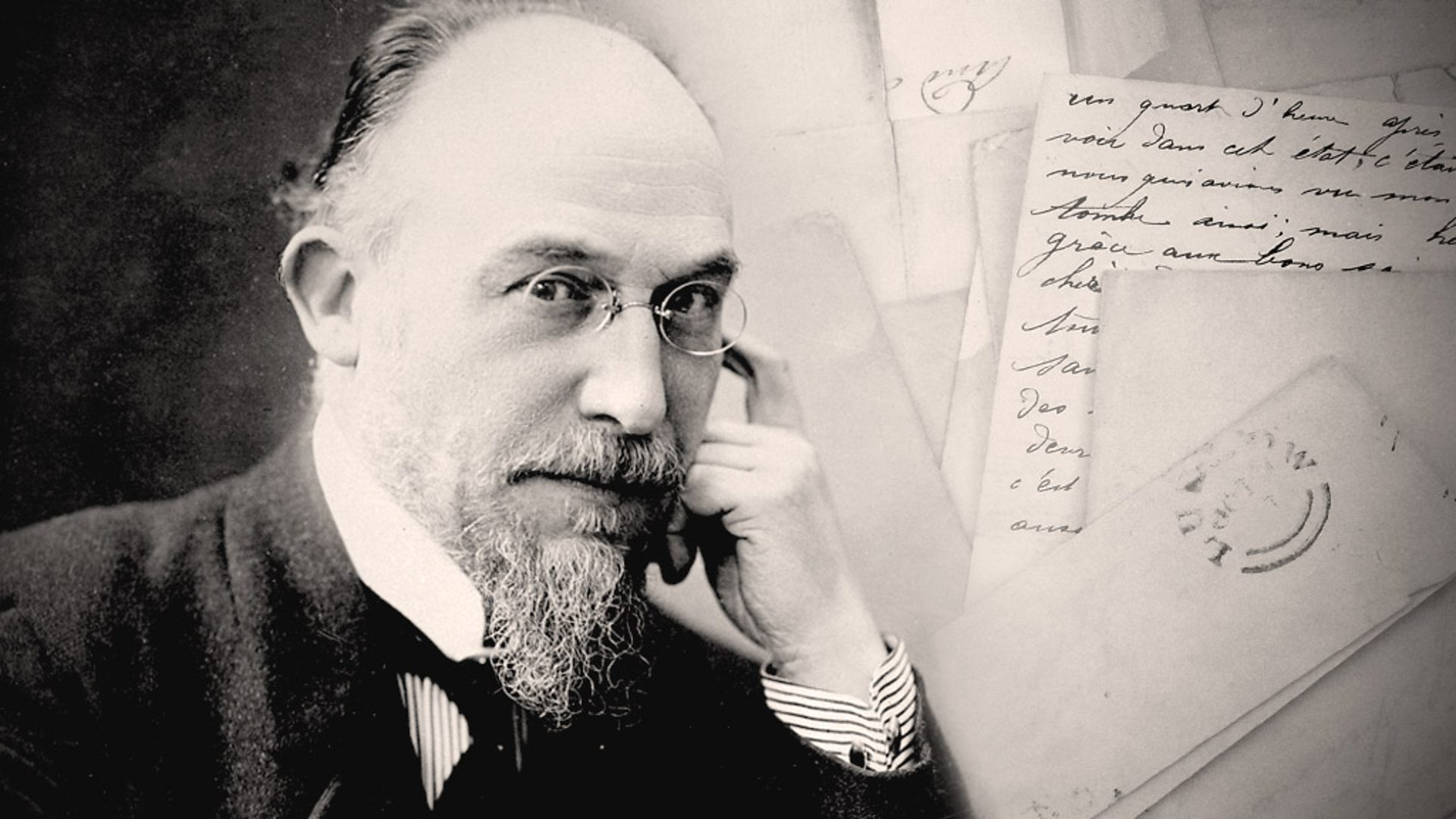Beethoven’s “Kreutzer” Sonata: Zino Francescatti and Robert Casadesus
Beethoven composed ten sonatas for violin and piano. The giant of the set, in terms of technical demands and dramatic weight, is Sonata No. 9 in A Major, Op. 47, the “Kreutzer” Sonata. The work was dedicated to the French violinist Rodolphe Kreutzer who called it “outrageously unintelligible” and never performed it. Beethoven and the Afro-European violinist George Bridgetower (1778-1860) premiered this convention-shattering music at Vienna’s Augarten Theatre. Beethoven was so late …







